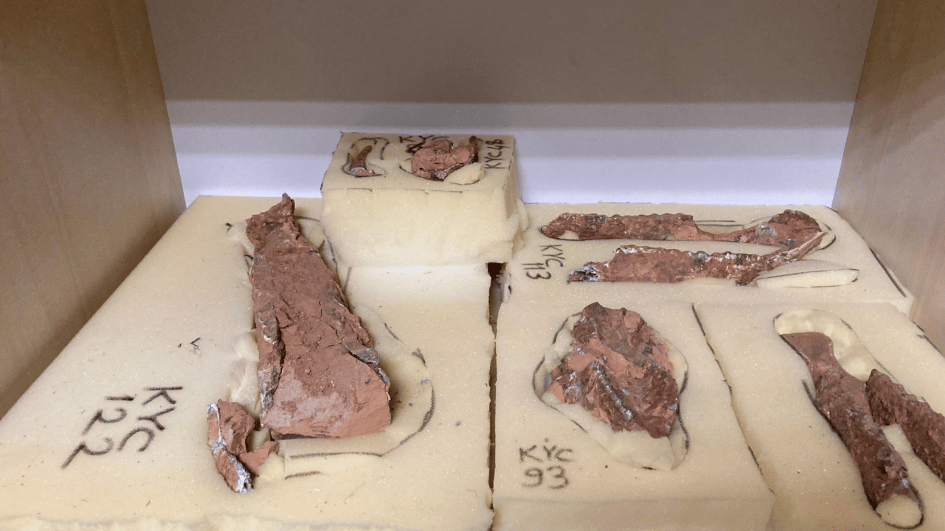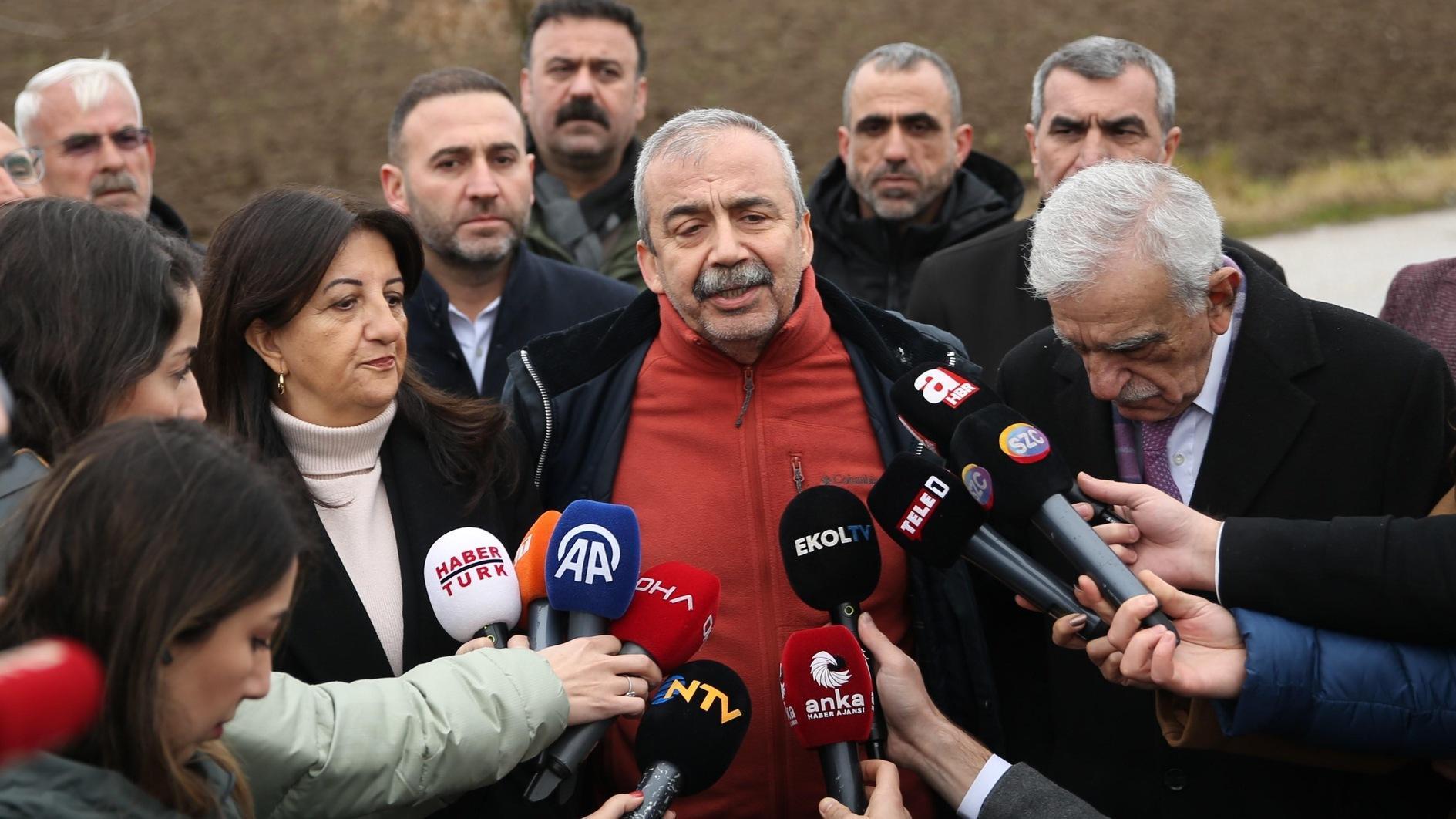Türkiye's largest skeleton collection in Denizli
DENİZLİ

Over 6,000 human skeletons collected from 38 excavations in different regions of Türkiye through studies since 2013 have been kept at the Mehmet Akif Ersoy University (MAKÜ) Department of Anthropology. An ancient murder or a cancer patient can be identified in the studies carried out on the bones and fossils by students at the university.
Anatolian geography creates a great working environment for anthropologists. Many universities in Türkiye carry out studies in the ancient cities on this land and shed light on history.
With increased interest in history, the Anthropology department, opened in many universities, provides students with practical training with archives consisting of bones from different periods collected from excavation sites, in addition to theoretical courses.
MAKÜ Head of Anthropology Department Associate Professor Ahmet İhsan Aytek and faculty member Associate Professor Alper Yener Yavuz have also created a large bone archive for the university so that students can attend applied anthropology courses.
With the Antalya Eastern Garage excavation that was initiated in 2013, academics had the opportunity to examine different civilizations and brought more than 6,000 human skeletons to the university archives from nearly 38 excavations.
Speaking about the archive, Aytek said, “The work here started in 2013 and continues in more than 30 ancient cities in many parts of Türkiye. We study a significant portion of the human and animal skeletons unearthed from these ancient cities in our laboratories. We currently have skeletons of more than 6,000 individuals, and we will probably exceed 7,000 individuals by the end of this year. This number probably makes our laboratory the largest skeleton collection in Türkiye. We have both human and animal skeletons from the Neolithic to the Byzantine period. We can speculate about what kind of life these individuals lived under what environmental conditions, and in some cases, even the individuals' profession. We can also get information about what diseases these individuals suffered from and the causes of their death. We also carry out y studies on animal skeletons. We reveal information about what kind of animals were consumed in these cities and what human-animal relations was like.”
Stating that they have the largest skeleton archive, Aytek said; “Hacettepe and Istanbul universities are also the well-established universities that stand out with their anthropology departments. We can say that the largest skeletal networks are here. However, we think that our rapidly growing number of skeletons, especially in the last four and five years, has surpassed the ones in these universities.”
Aytek also said that they worked in many different excavation sites in Türkiye, adding, “We mostly work in the ancient cities of Muğla, Burdur and Antalya. We also recently worked on Alanya Castle and the ancient city of Syedra. We have skeletons from the ancient city of Kibyra. We also carry out anthropological studies of many ancient cities such as Stratonikeia, Kaunos, Pedesa, Myndos and Alacahöyük which are also very important ancient cities.”
We detected one type of cancer and one murder
Stating that they found a murder and a type of cancer in their studies on human bones last year, and added, “Pathological studies are conducted on human or animal skeletons. For example, last year we detected a type of cancer in an individual in Muğla and published it. This was a very important publication both for Muğla and for the anthropology of Türkiye. Again, a large cut on the skull of an individual who was murdered in the ancient city of Stratonikeia in Muğla was published in an important publishing.”
Aytek also said that among the animal fossils, they discovered the first example of an elephant species living in Anatolia.
“Fossils, as well as skeletons, constitute a very important part of our studies. We carried out a five-year surface survey in Denizli between 2017 and 2020 and detected important fossils in many different areas. The most important of these was the Kayaca Fossil Locality in Tavas district. Here we found important fossils of many animals dating back to a period between 7 and 9 million years old. Some of them are very rare fossils in Anatolia. We even found an elephant's tooth in Beyağaç. We found the first example of this elephant species in Türkiye, and last year, we published this elephant in an important publishing in the world. Apart from that, we found nearly 30 different animal fossils in the area. Our scientific studies on them continue,” he said.
















